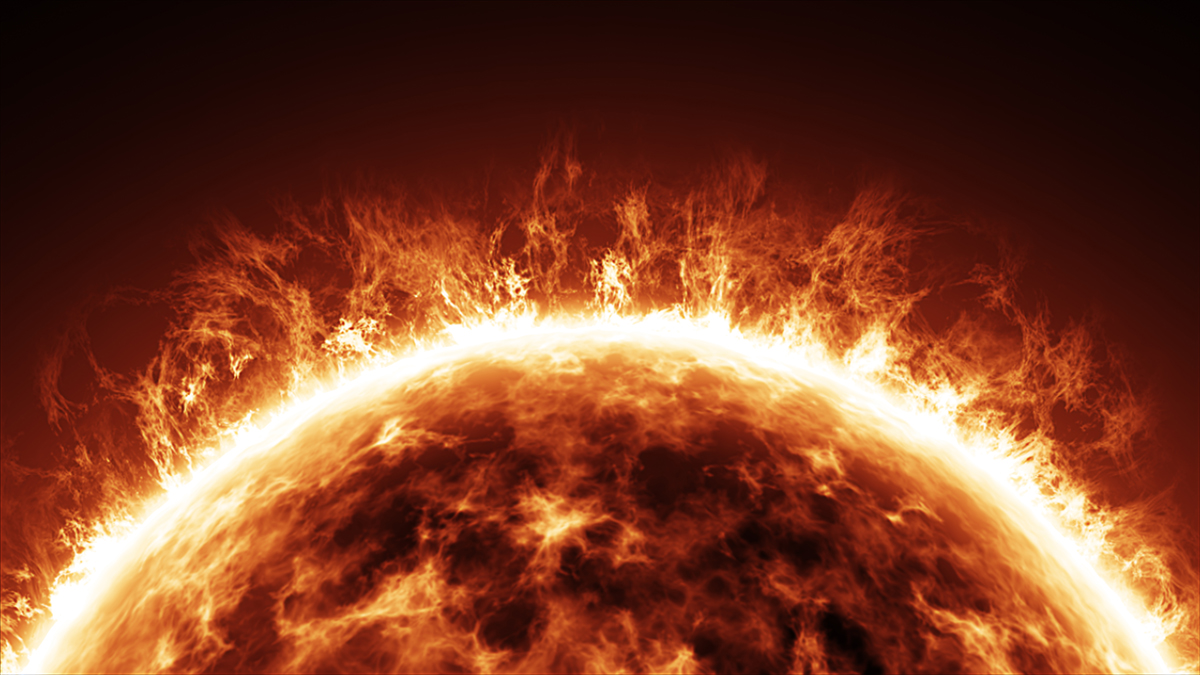
For decades, scientists have tried to understand how the Sun's corona (outer atmosphere) gets so blisteringly hot while its surface stays relatively balmy – and now a new study has delivered a big clue.

Meteor-like fireballs in the atmosphere of the Sun rain down like showers of shooting stars during the phenomenon of coronal rain, scientists have found.
Astronomers spotted a magnetic explosion on the surface of the sun unlike anything they've ever seen before. Although it was initially theorized about 15 years ago, this was their first direct observation of it thanks to NASA's Solar Dynamics Observatory.